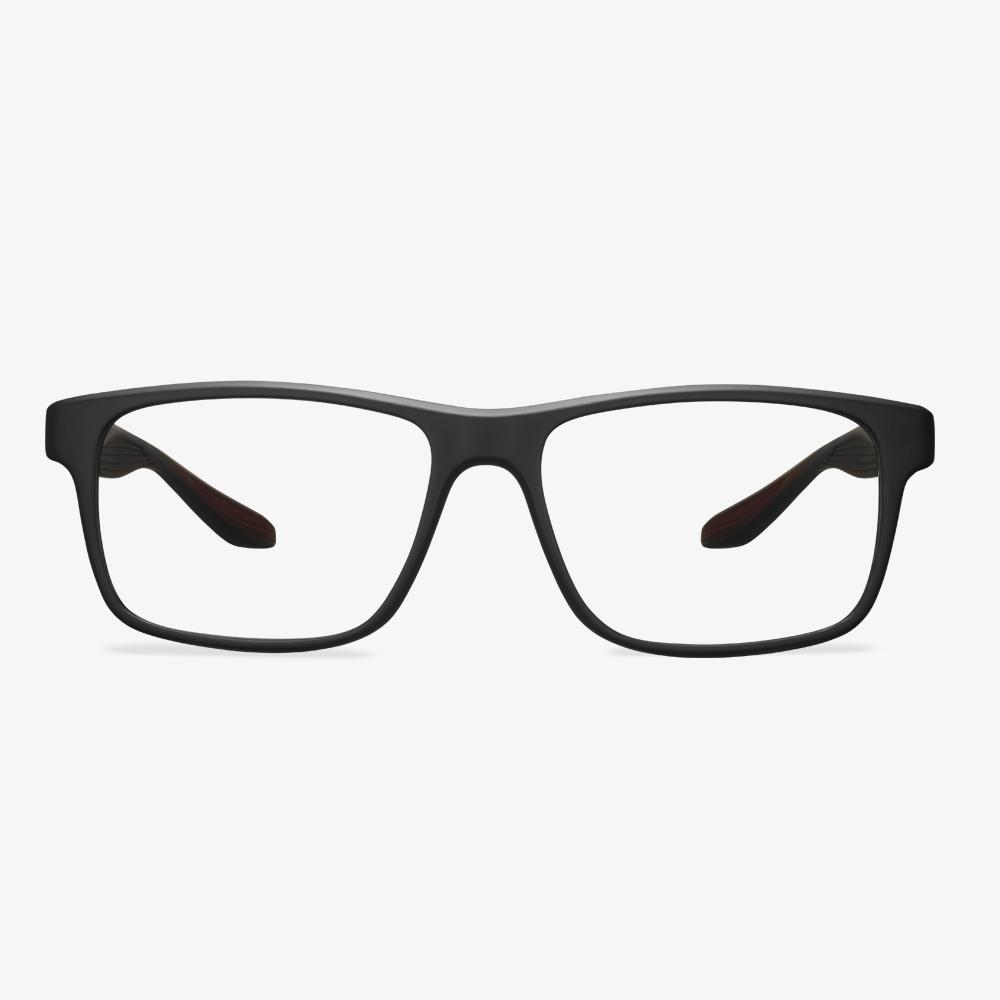What Are High Index Lenses?
High index lenses are eyeglasses lenses that are designed to be thinner and lighter than regular lenses. High-index lenses have a high refractive index than their conventional counterparts. High index lenses are recommended for people who have significantly high refractive errors and strong prescriptions for nearsightedness, farsightedness or astigmatism.
High index lenses are thinner, lighter and more appealing than standard lenses, but they come in several different indexes such as 1.67 high index lenses and 1.74 high index lenses. In this post, we will focus on the 1.67 high index lenses and 1.74 high index lenses.
Disadvantages of pure titanium frames
The material is soft, the glasses can not be made more delicate, only the lines are thicker, in order to ensure stability and strength.Usually, when you are not wearing a pure titanium glasses frame, it is better to put them in the case of glasses, to avoid pressure deformation.
Types of Bifocal Lenses
Flat top: It is a kind of common bifocal lenses. The lower part of the lens is present in the shape of a half-moon or the letter D on its side. The upper part and the lower part of the lens can be clearly distinguished from each other. The patient using such a bifocal lens has the choice of choosing the length of the lower segment which is either 25 mm or 28 mm.
Round seg: the second type of bifocal lens we want to mention is the round seg. The segment is either 22 or 24 mm in length and it provides more are to adjust between the two different types of vision easily. This type is very rarely used nowadays.
Blended: this type of bifocal lens has the lower part of the lens in a round shape and the edges of the lens are blended with the upper lens making the lens appear as one.
Wear glasses timely.
You must pay attention to that whether it is myopia, farsightedness, astigmatism, it is recommended to wear glasses in time. Especially for children, for the first time, it is recommended to have professional ophthalmic optometry. If it is pseudomyopia, temporarily they do not wear glasses. Drugs, physiotherapy, and other methods can be used to promote rehabilitation. If it is true myopia because the axis of the eye has increased, it should be corrected as early as possible, and then take comprehensive prevention and treatment measures to control the deepening of myopia. Otherwise, it will not only affect study life but can make myopia more and more serious.
What Is Trivex Lens?
Trivex is another light, impact-resistant eyeglasses lenses. Like polycarbonate lens, Trivex is an excellent lens material for safety applications and children’s eyewear.
Trivex lenses are made of a urethane-based monomer. They are produced using a slower, cast molding process similar to how regular plastic lenses are made. The liquid lens material is slowly baked until is set. This gives Trivex lenses the advantages of sharper optics than injection-molded polycarbonate lenses.
The characteristics of suppleness, lightweight and non-deformation
Pure titanium glasses have the characteristics of ultra-high flexibility, ultra-light, and not easily deformed. Pure titanium spectacle frames get rid of the shortcomings of ordinary spectacle frames that are stiff, heavy, and easily deformed. Medically implanted high-grade plate materials, combined with the color electroplating process, highlight youthful vitality and three-dimensional sense, making our facial features more refined. The nose pads are stable, not slack, and highly conformable, which avoids the embarrassing moment of the glasses frame falling down. And pure titanium glasses can make you look stable and reliable, and people can't help giving you more trust.
Why do glasses with the same prescription feel different?
The style of the frame has changed. The structure of the new glasses and the old glasses (half-frame, rimless, full-frame) may be different, and the angle of the glasses may also be different, which will cause visual differences and the symptoms of dizziness after wearing the new glasses. If you used to wear rimless glasses or half-rim glasses before and switch to full-frame glasses, you will feel that his field of view is limited and you will feel a little uncomfortable when you see the edge of the frame. If you wear full-frame glasses before, you will feel the edge of the lens when you change to half-rim glasses. It's too bright to adapt. There is another situation, changing from a frame with a nose pad to a frame without nose pads. Because the distance between the lens and the eye has changed, the position of the nose pad has also changed, which directly affects the relative position of the optical center and the pupil, as well as the distance from the back vertex of the lens to the cornea, which naturally affects the visual difference. In this case, you can fine-tune the nose pads, or after a short-term adaptation, you can generally return to normal.











































